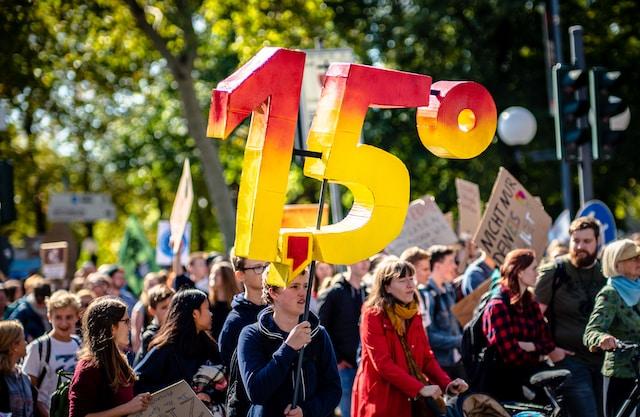
Refreeze
We are exploring different ways by which we could possibly not only reduce the rate of loss of ice from the Arctic but start to refreeze it.
Halting or reversing Arctic sea ice loss could be a global “safety belt” that would inhibit further ocean warming and stop the catastrophic decline in the delicate ecosystems that are unique to this region. Minimising sea-ice retreat could also protect the rights and livelihoods of the indigenous peoples and local communities in the Arctic in the face of increased shipping, tourism and extraction, and support geopolitical security and defence globally.
At the Centre for Climate Repair, we are working on a number of approaches to achieve this.
Marine Cloud Brightening (MCB):
MCB seeks to increase the amount of the incoming radiation from the sun which is reflected back into space from clouds in the marine boundary layer (up to ~1km from the sea surface). Concentrating cloud moisture into a large number of smaller droplets “whitens” cloud cover to reflect more sunlight. Research and deployment will determine the provision of cloud condensation nuclei of the right size in order to make the clouds which form brighter.
Condensation nuclei for clouds which form over the ocean are provided by salt crystals emanating from evaporated droplets of sea spray; when the wind blows over the ocean it generates sea spray, and once these droplets evaporate, they are carried upwards naturally by convection currents. CCR is researching ways to generate more sea spray, and where and when this activity should take place. MCB research is led by Hugh Hunt in the Department of Engineering. The research is undertaken in collaboration with TU Delft under the leadership of Herman Russchenberg (modelling and cloud physics).
We are grateful to the Refreeze the Arctic Foundation for funding our research on MCB.
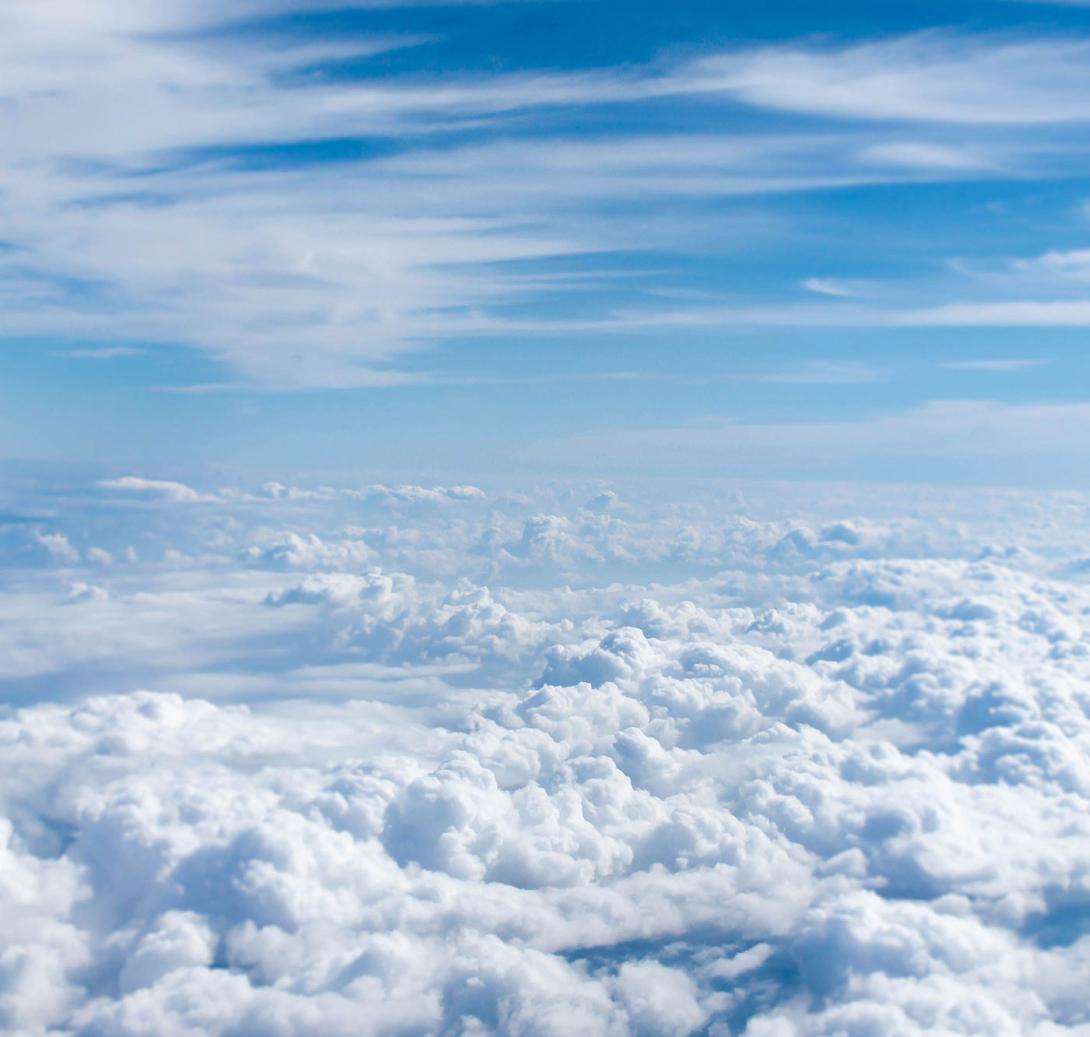
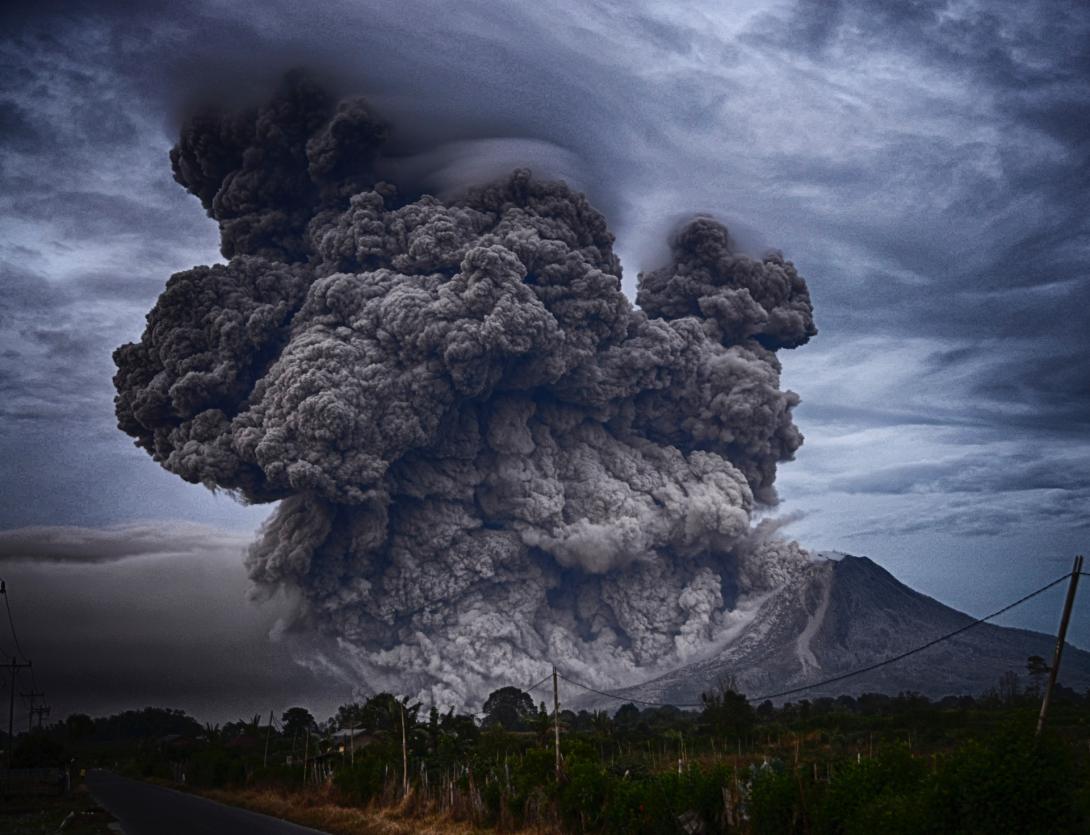
Stratospheric Aerosol Injection (SAI):
SAI is more established as a potential way to reflect a portion of incoming solar radiation, but field experiments through SPICE and SCOPEX faced challenges.
The Centre for Climate Repair supports further research in this area and recognises the expertise which already exists in the field in other leading institutions such as Harvard, Exeter and Chicago, with whom it is in regular contact.
CCR research effort in Cambridge’s Department of Geography focusses on establishing paleoclimate records, and investigating the Atlantic Meridional Overturning Circulation, as well as where large cluster volcanoes may have had an impact on the climate.
Ice thickening:
When sea ice forms, it does so from the bottom of the previously formed ice because ice is less dense than water. As a result of this feature, the rate at which ice forms decreases with thickness of the ice; ultimately the latent heat of freezing is lost by transfer to the Arctic air and radiation to space, but thicker ice acts a better insulator than thinner ice. CCR is researching the potential to establish greater levels of freezing during the Arctic winter, by pumping sea water onto previously formed sea ice. This project is led by Shaun Fitzgerald in the Department of Engineering and supported by Professor Grae Worster in the Department of Applied Mathematics and Theoretical Physics.
We are working in collaboration with Real Ice to develop this project further.
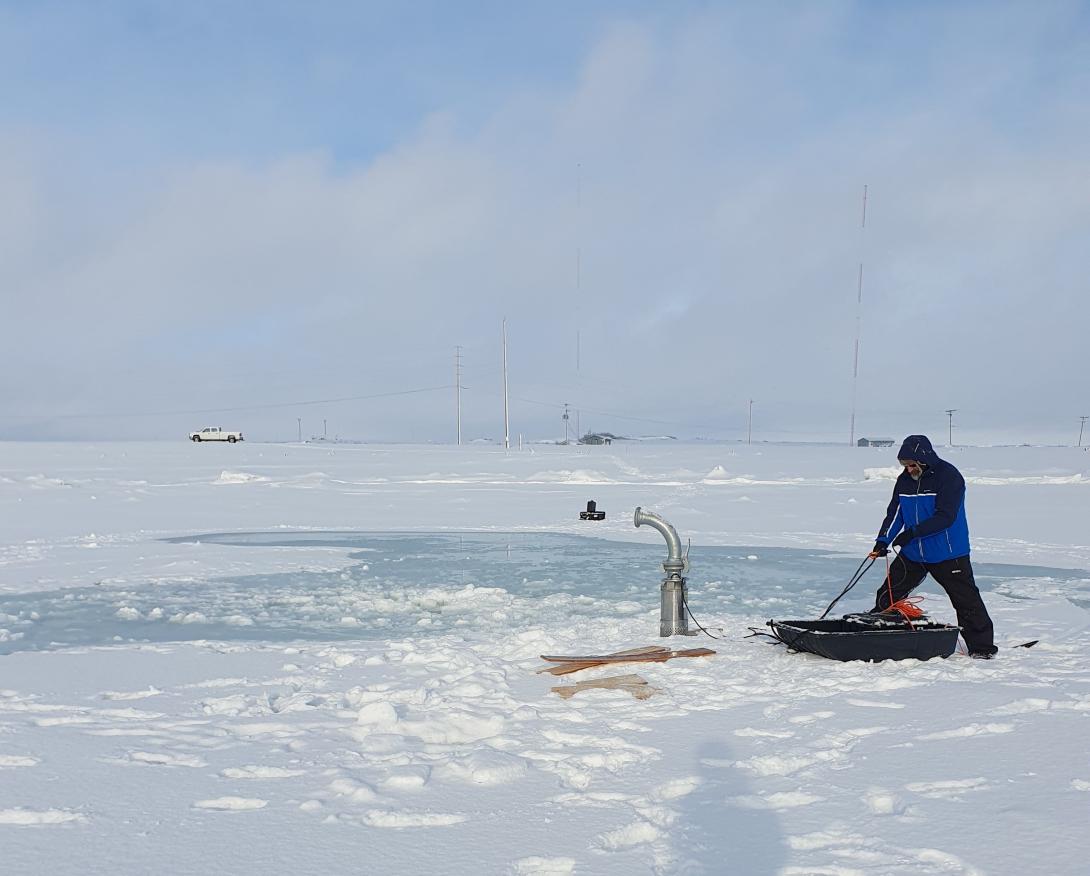
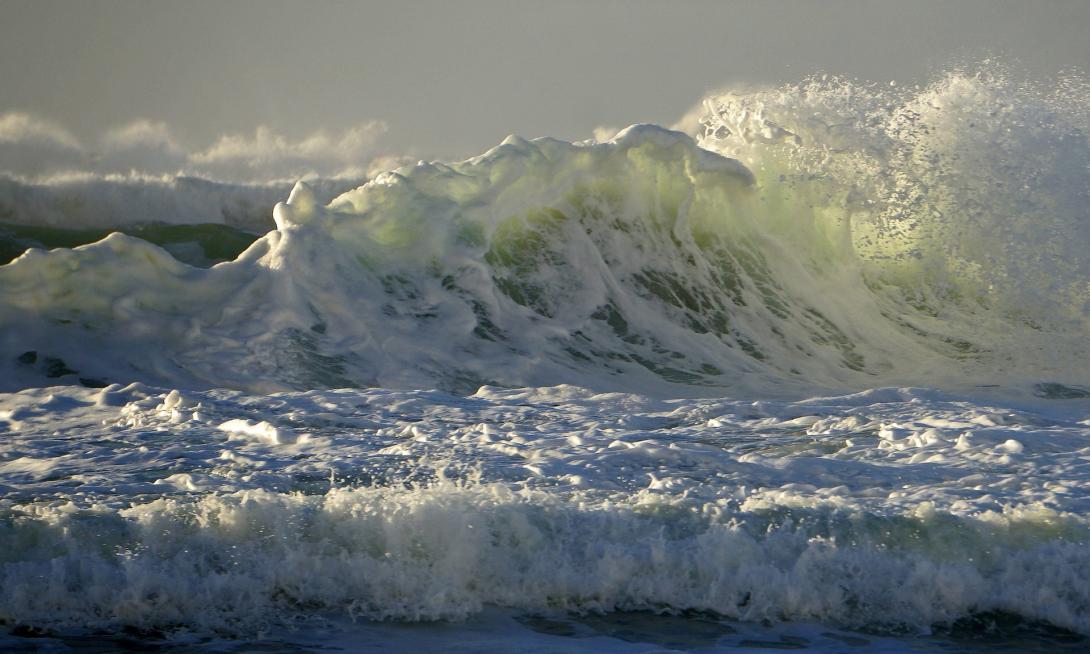
Sea curtains:
Sea curtains stem conceptually from work originally proposed for the Thames Barrier in London, whereby a fabric curtain is placed in the water with the bottom tethered to the ocean floor and with floats attached to the top of the curtain. As the floats are inflated, the curtain rises and creates a barrier to the basal current, thereby reducing the rate of ingress of warm saline water towards the glacier. This may be critical to tackling the accelerated erosion of glaciers due to ingress of warm saline water.
Governance and society:
Applying any approach at scale to Refreeze or Climate Repair more generally means working with affected communities, governments, and world leaders on policy and social acceptability. Impactful research requires participation from industry to scale-up, permission from international bodies to enable deployment at scale, and support from the wider public. Furthermore, consideration of effects in the Arctic on the rest of the world are important since what goes on in the Artic as far as the climate is concerned does indeed affect other climate systems.
CCR works with a wide range of stakeholders as we try to establish the appropriate governance systems and structures for both research and any subsequent decisions on potential deployment.
